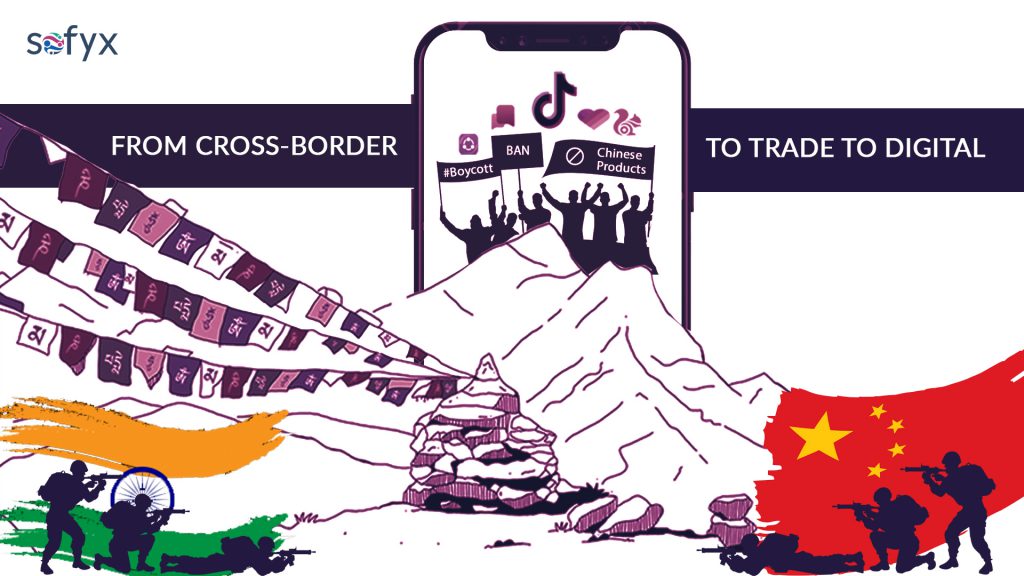The cross-border tensions between India and China, which escalated on June 2, has resulted in a number of developments in the relationship between the two countries. It started when in the first week of May, Chinese and Indian troops had a scuffle at Pangong Tso in Ladakh. Since then a number of Army personnel have been injured and killed on both sides of the border.
The killing of 20 Army personnel on June 15 during a fatal border clash in the Galwan Valley gave rise to an anti-China sentiment among Indian masses. From throwing Chinese TV sets to burning Chinese goods in the streets, a wave of boycotting Chinese products started. Although the government has not announced any boycott, but many companies have been asked to refrain from giving any new contracts to the Chinese companies. Government has, in fact, asked e-commerce companies to show their products’ country of origin.
Decreasing bilateral trade with China would harm India immensely as China is India’s second largest trading partner and accounts for 12% of India’s import from pharmaceuticals to electronics. Even India’s price conscious smartphone consumers depend heavily on cheap phone producing Chinese companies like Xiaomi, Oppo, Vivo, which have about 80% of this market’s share.
The biggest development that has happened in the wake of this heightened cross-border tension is India’s ban on 59 Chinese mobile applications including a very popular video-sharing social network service, TikTok. India took a strong stance by implementing this ban. With TikTok’s ban in India, the parent company, Bytedance can reportedly lose up to $6 billion because of the app’s huge Indian user base. Moreover, after the ban many of these users have rushed to the Indian alternatives of the banned Chinese apps like Chingari, Roposo, etc. Though the local competitors are not at par with the Chinese apps, Indian users are willing to give them a try and are hopeful that these apps improve to cater their needs.
This ban on the popular Chinese apps will be more effective than boycotting Chinese products as there are no immediate alternatives for most of the goods which get imported from China.
